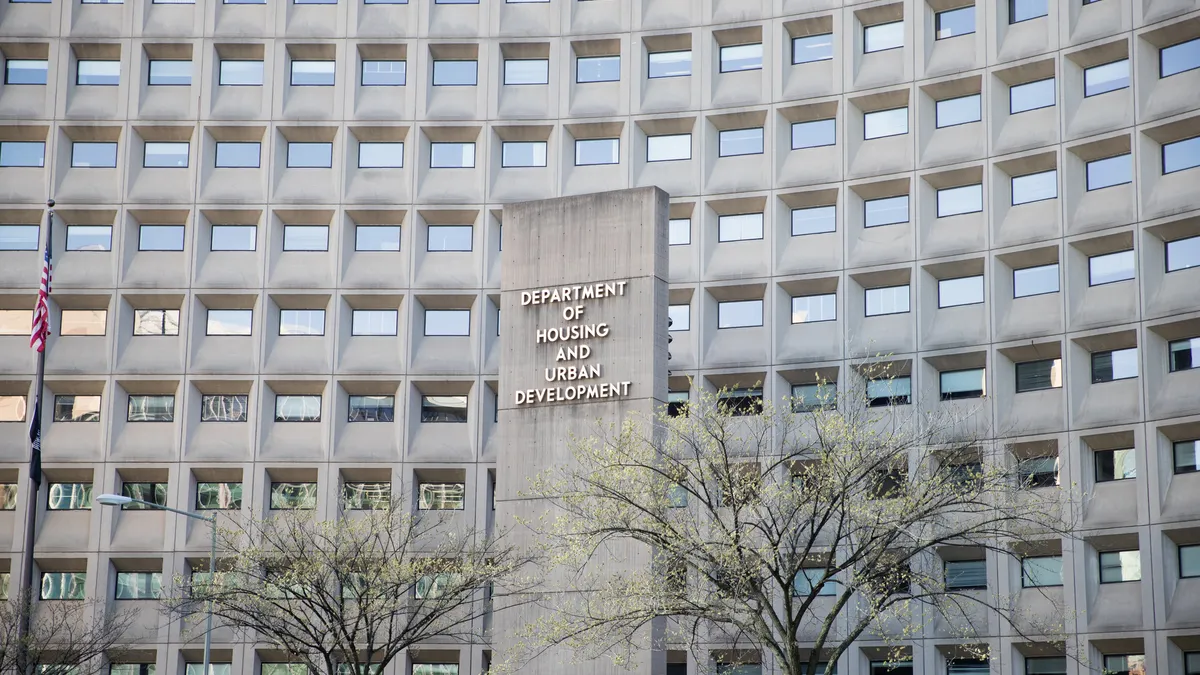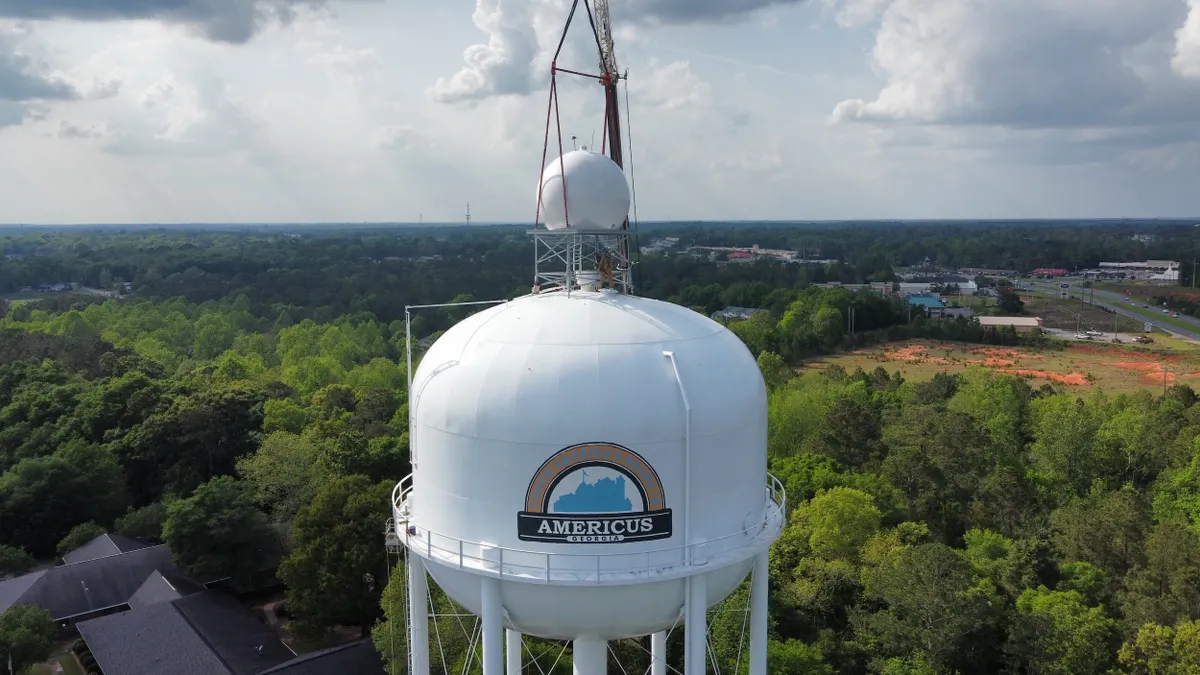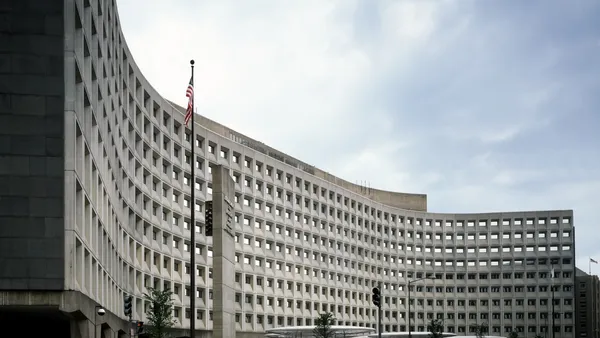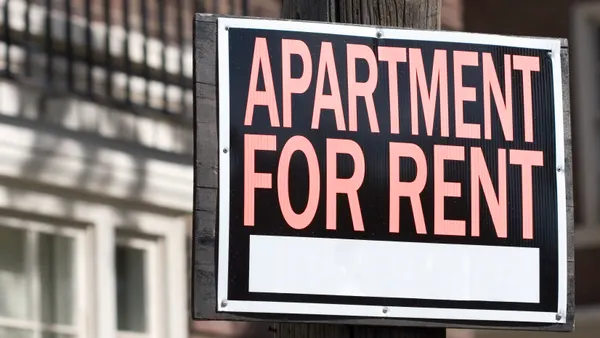As the federal government shutdown enters its second week, here are three ways it is impacting housing funding for local governments.
1. Funding for previously approved grants is still available.
Previously approved funding for programs such as Community Development Block Grants, Home Investment Partnerships and Homeless Assistance Grants remain available for drawdown, according to a Sept. 29 shutdown contingency plan published by the Department of Housing and Urban Development.
Grants that don’t require HUD staff can be withdrawn as usual, according to the plan. For funds requiring further action or review, furloughed staff will be recalled “intermittently to review and approve or deny disbursement requests as necessary to avoid an imminent threat to the safety of human life or property.”
HUD will also continue to make payments under previously obligated Section 8 housing contracts.
2. The clock on available funding is ticking.
No new grant funds for housing programs can be approved during the shutdown if reserves are depleted. Funds for public housing and housing vouchers are expected to last into November, according to the National Association of Housing and Redevelopment Officials.
“Households who rely on HUD assistance should have had their October rent paid,” Kim Johnson, director of policy for the National Low Income Housing Coalition, said in a statement. “However, the longer a shutdown continues, the greater the risk to assisted households, and the greater the disruption to essential federal services and programs.”
3. Reduction in staff could become the new norm for HUD.
The Trump administration had already reduced HUD’s workforce by as much as 23% before the shutdown, according to NLIHC. The shutdown furloughs will further pare down staff, as HUD is expected to operate at just under 30% capacity during the shutdown, according to the National Association of Counties.
“We know HUD is a much smaller machine than it was even a few weeks ago,” Eric Oberdorfer, director of policy and legislative affairs for NAHRO, said during a webinar Oct. 2.
The Trump administration has also threatened mass layoffs for federal employees during the shutdown that could cement further reductions to HUD personnel.
“This is different from previous shutdowns,” Oberdorfer said. “Usually what happens with staff is that they’re furloughed, they don’t receive pay for the duration of the shutdown, and then [when] they’re brought back to work usually they receive back pay at that point.”
The staff reductions are impeding HUD’s ability to “perform core functions efficiently,” according to the NLIHC.












